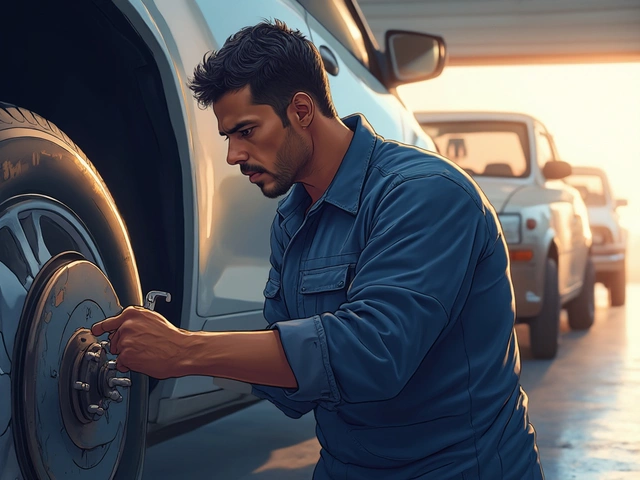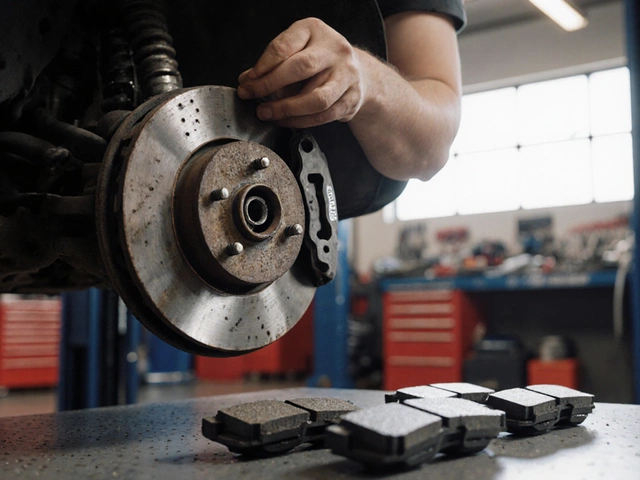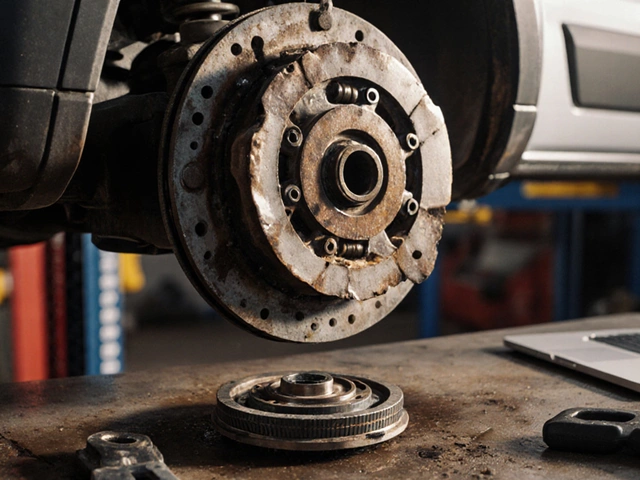
Windscreen Wipers: What They Do, When They Fail, and How to Fix Them
When you turn on your windscreen wipers, a simple mechanical system that clears water, dirt, and debris from your windshield to maintain visibility. Also known as windshield wipers, they’re one of the most overlooked parts in your car—until you’re stuck in a downpour with streaks blurring your view. It’s not just about comfort. Poor wiper performance can turn a 10-minute drive into a dangerous gamble, especially at night or on highways.
Most people don’t think about wipers until they start smearing, chattering, or leaving gaps on the glass. That’s when you realize the wiper blades, the rubber strips that actually touch the windshield and sweep away moisture are cracked, hardened, or worn thin. Rubber degrades faster than you think—sun, heat, and cold eat away at it over time. Even if they look okay, blades older than six months often don’t clear properly. And it’s not just the rubber. The wiper arm, the metal frame that holds the blade and applies pressure to the glass can bend or lose tension, causing uneven contact. A loose or corroded arm won’t fix itself, and ignoring it leads to scratched windshields, which cost way more to replace than a new set of blades.
That squealing noise you hear? It’s not just annoying—it’s a warning. Dirt buildup, dry rubber, or a misaligned arm can all cause noise. Some drivers try to fix it with water or cleaner, but that’s a band-aid. The real fix is replacement. You don’t need expensive branded blades. Many budget options work just as well if they match your car’s make and model. And don’t forget the rear wiper if you have an SUV or hatchback—it wears out just as fast.
Replacing wipers is one of the easiest DIY jobs in car maintenance. No tools needed for most cars. Just lift the arm, press the release tab, slide off the old blade, and click the new one in. Takes five minutes. But if you’ve got a bent arm or a wiper motor that won’t move, that’s a different story. Those issues show up in the posts below—real cases where people ignored the warning signs until they had to pay for bigger repairs.
Below, you’ll find real stories from drivers who learned the hard way—what happens when wipers fail mid-rain, why some replacements don’t last, and how to pick the right ones for Indian roads. No fluff. Just what works, what doesn’t, and what you need to know before your next storm hits.
-
16 Oct

-
21 Jul

Do All Windscreen Wipers Fit? A No-Nonsense Guide to Choosing Wipers for Your Car
Confused about windscreen wipers? Discover if all wipers fit every car, what affects compatibility, and smart tips for picking the right blades. -
2 Feb

Best Prices for Quality Windscreen Wiper Blades
Finding the right wiper blades at a reasonable price can be daunting for car owners. This article explores various factors affecting wiper blade prices, tips on getting the best value for your money, and the benefits of investing in quality blades. Learn about different types available in the market and how to choose the right one for your vehicle needs while staying within budget. -
14 Jan

Understanding British Car Parts: The Essentials of Windscreen Wipers
When it comes to car parts in the UK, terminology can be a bit different from what you might find elsewhere. Windscreen wipers, essential for safety in Britain's often rainy climate, come with unique terms and maintenance tips that every car owner should know. From understanding the anatomy of these wipers to tips on keeping them in top condition, this guide will help you stay informed and safe on the roads. Whether you're a car enthusiast or just a curious driver, this article sheds light on the British perspective of automobile care.





